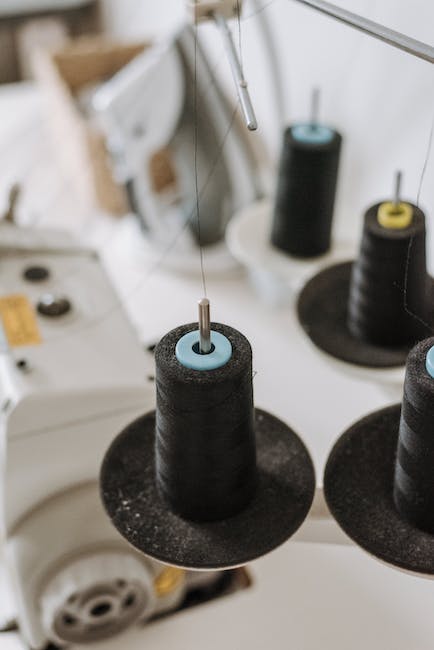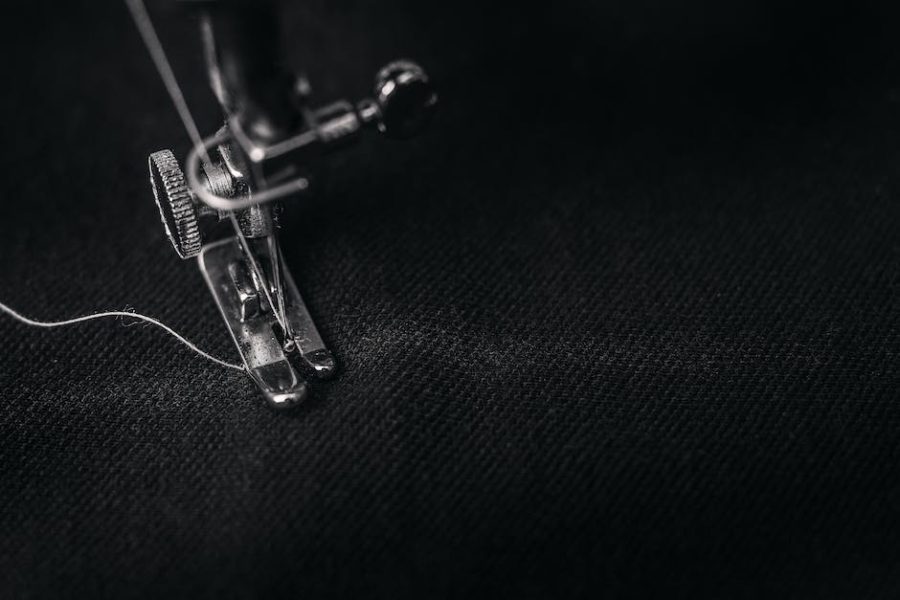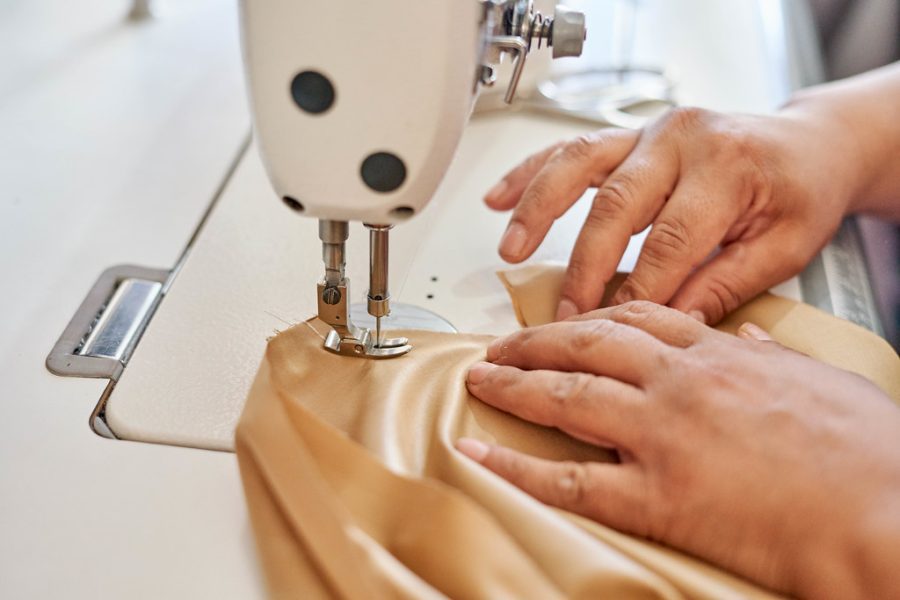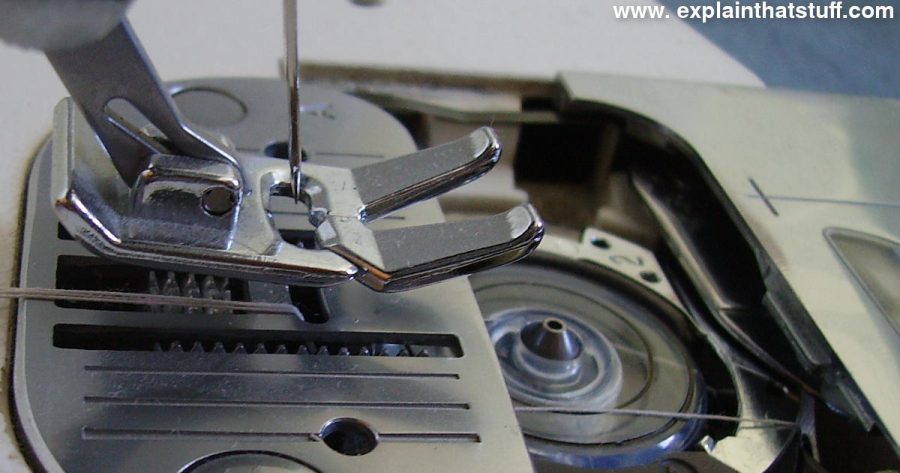When it comes to sewing, having the right equipment is crucial for achieving professional-looking results. Two popular options to consider are an overlocker and a sewing machine. While both machines are used for sewing, they have some key differences.
What is an Overlocker?
An overlocker, also known as a serger, is a specialized machine that is designed to finish seams and edges. It trims off excess fabric while enclosing the raw edges with thread, providing a neat and professional finish. Overlockers use multiple threads simultaneously, typically between two to five, allowing for quick and efficient sewing.
Advantages of an Overlocker:
- Creates professional finishes: The key advantage of an overlocker is its ability to create clean, finished edges, preventing fraying and unraveling.
- Efficient and time-saving: Overlockers are built for speed and can sew through layers of fabric quickly, making them ideal for projects with large amounts of stitching.
- Versatile: Overlockers can perform various stitches, including narrow hems, rolled hems, and decorative edging, allowing for creative possibilities.
Limitations of an Overlocker:
- Cannot replace a sewing machine: An overlocker is not designed to perform all sewing tasks, like buttonholes, zippers, or topstitching.
- Requires practice: Operating an overlocker efficiently may have a steeper learning curve than a sewing machine due to its more complex threading and adjustments.
- Higher cost: Overlockers tend to be more expensive compared to sewing machines, making them an investment for dedicated sewers.
What is a Sewing Machine?
A sewing machine is a mechanical or computerized device that stitches fabric together using a single thread. It allows for more precision, control, and versatility in various types of stitching, allowing users to create garments, accessories, and home décor items.
Advantages of a Sewing Machine:
- Versatility: Sewing machines offer a wider range of stitch options, allowing for various sewing techniques like straight stitching, zigzag stitching, buttonholes, and decorative stitches.
- Multifunctional: Sewing machines can be used for sewing, quilting, embroidery, and even some basic overlocking stitches.
- Lower cost: Compared to overlockers, sewing machines are generally more affordable and accessible for beginners or occasional sewers.
Limitations of a Sewing Machine:
- Finishing limitations: While some advanced sewing machines include overlock stitches, achieving a professional finish may require additional steps or tools.
- Slower for edge finishing: Creating neat and finished edges with a sewing machine can be more time-consuming compared to using an overlocker.
- Not as efficient for heavy fabrics: Sewing machines may struggle with thick fabrics or multiple layers common in projects like heavy-duty upholstery or denim.
Which One Should You Choose?
Ultimately, the choice between an overlocker and a sewing machine depends on your sewing needs and preferences. If you frequently work with delicate fabrics, desire professional finishes, and prioritize speed, an overlocker might be the better choice. However, if you are looking for versatility, easy access to various stitches, and a more budget-friendly option, a sewing machine will likely meet your needs.
In many cases, having both machines can complement each other, as they excel at different tasks. Both overlockers and sewing machines have their distinct advantages and limitations, so considering your specific sewing goals and budget is vital when making a decision.





An overlocker is better if you’re looking to finish seams faster. #overlocker
#sewingmachine For smaller projects, a sewing machine can be a more efficient and cost-effective choice.
An overlocker is essential for large production but is likely to take up more space in your sewing room! #overlockervssewingmachine
An overlocker can help to create a professional-looking finish to any garment but a sewing machine is a great option for more intricate and delicate work. #overlockervssewingmachine